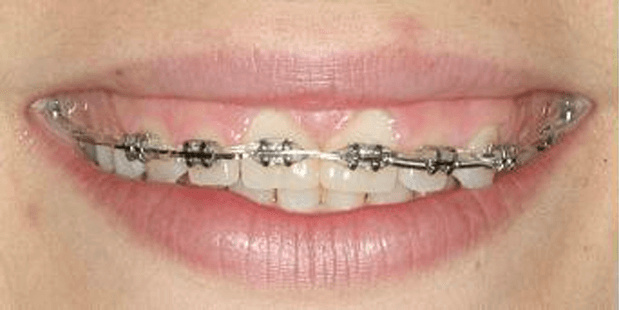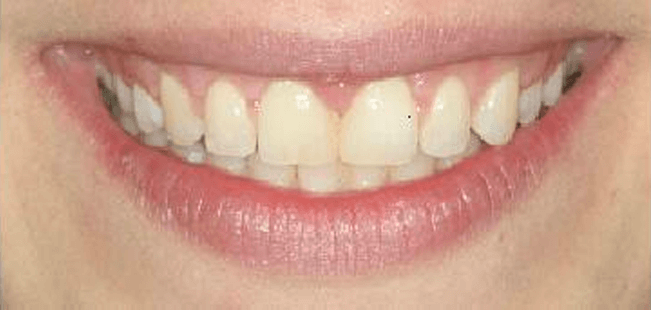We look forward to welcoming you back!
Soft tissue grafts are procedures a periodontist can perform to treat receeded gums, or to correct deformities of the gumline caused by a lack of "thick" gums around the teeth.
Exposed tooth roots are the result of gum recession. Perhaps you wish to enhance your smile by covering one or more of these roots that make your teeth appear too long. Or, maybe you're not bothered by the appearance of these areas, but you cringe because the exposed roots are sensitive to hot or cold foods and liquids. Also, exposed root surfaces are more prone to getting cavities.
Your gums may have receded for a variety of reasons, including aggressive tooth brushing or periodontal disease. You may not be in control of what caused the recession, but prior to treatment your periodontist can help you identify the factors contributing to the problem. Once these contributing factors are controlled, a soft tissue graft (gum graft) is done to cover the exposed root. In addition, the gum graft will "thicken" the gum in order to provide more protection against further gum recession.
During this procedure, your periodontist will take a small piece of gum tissue from your palate (the roof of the mouth) or another donor source. This piece of tissue is then tranferred to the recessed gum area in oder to attempt to cover the exposed root. This can be done for one tooth or several teeth.
Periodontal procedures are sometimes necessary in order to lay the groundwork for restorative and cosmetic dentistry and/or to improve the esthetics of your gum line.
For example, if your teeth appears short and much of your gum is exposed when you smile, this "gummy smile" can be corrected with a periodontal crown lengthening procedure. Sometime, your teeth may actually have the proper lengths, but they're covered with too much gum tissue. To correct this, your periodontist can perform a crown lengthening procedure to expose more of your natural tooth.
During this procedure, excess gum and bone tissue is reshaped to expose more of the natural tooth. This can be done to just one tooth, to even your gum line, or to several teeth to expose a natural, broader smile.
Your dentist or periodontist may also recommend crown lengthening to make a restorative or cosmetic dental procedure possible. Perhaps your tooth is decayed, broken below the gum line, or has insufficient tooth structure for a restoration, such as a crown or bridge. Crown lengthening adjusts the gum and bone level to expose more of the tooth so it can be restored.
Whether you have crown lengthening to improve function or esthetics, patients often receive the benefits of both: a beautiful new smile and improved periodontal health – your keys to smiling, eating and speaking with comfort and confidence.v


(This patient had a combination of orthodontic treatment to straighten the teeth and esthetic crown lengthening "gum lift" procedure to enhance her smile)
Sometimes when you lose one or more teeth, you can get an indention in your gums and jawbone where the tooth used to be. This happens because the jawbone "shrinks" and becomes narrower when it is no longer holding a tooth in place.
Not only is this indentation unnatural looking, it also causes the replacement tooth to look too long compared to the adjacent teeth.
A periodontist can fill in this "defect" with a procedure called ridge augmentation, recapturing the natural contour of your gums and jaw. A new tooth can then be created that is natural looking, easy-to-clean and beautiful.
